Arzak & the Nueva Cocina Vasca

Enzo Sisto 12 september 2022
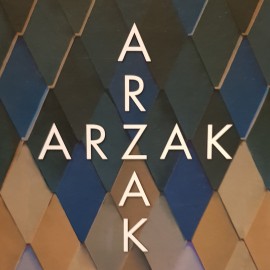
The masters of Spanish gastronomy
It is a question of culture to want to compare the style of chefs who have made the history of evolution in modern gastronomy. Undoubtedly one of the most interesting aspects has been the evolution of the chef in the field of knowledge of ingredients, the development of more sophisticated cooking techniques and above all the understanding of the science that regulates chemical, physical and thermal reactions.
New Basque cuisine by Juan Mari Arzak and Pedro Subijana.
The New Basque Cuisine more than a culinary trend started in 1976 in Guipúzcoa (Spain) is a new philosophy of life which, inspired by some of the principles of French Nouvelle Cuisine, has led to a renewal of traditional Basque cuisine. Central to this modern vision is the use of seasonal market ingredients, the recovery of authenticity and traditional recipes revised through creativity and innovation.
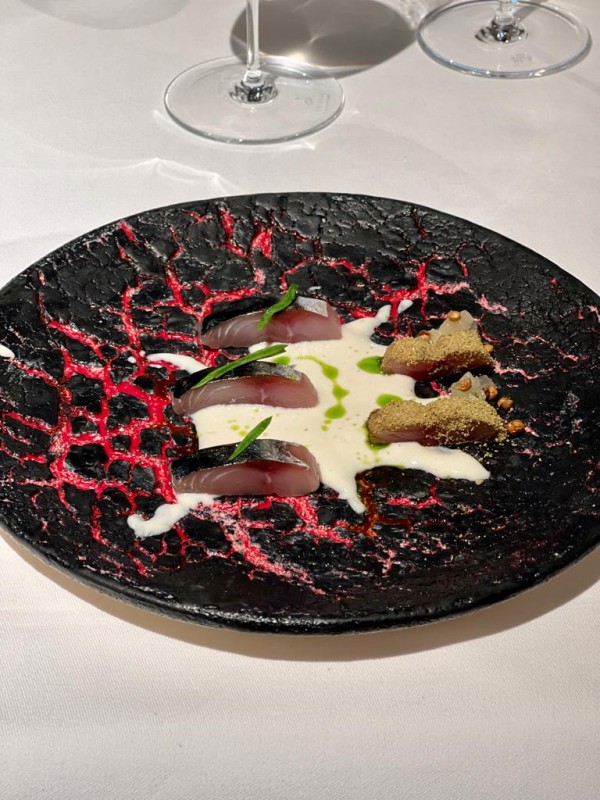
This spark lit by the father and initiator of this philosophy Jean Mari Arzak has produced especially in the Basque Country, but also in the rest of Spain, an artificial fire of brilliant and innovative chefs:
Martin Berasetegui (the chef with the most - 12 - Michelin Stars in the world!), Joan Roca (co-inventor of the RONER), Ferran Adria (inventor of the culinary foam and with his restaurant El Bulli voted The World's Best Restaurant in 2002, 2006, 2007, 2008 and 2009!), and an impressive number of other names up to the latest generation. I just want to mention Eneko Atxa pupil by Martin Berasetegui (his Azurmendi in Bilbao - 3 Michelin stars - won the World 's Most Sustainable Restaurant Award 2014, 2018 and 2019).
We read in the blog of the "revistadelibros.com" about Jean Mari Arzak and Ferran Adria:
"If Spanish kitchens have undergone a transcendental change in the last quarter of a century that has placed them at the forefront of world cuisines, they owe it, in large part, to JMA and FA. The former was able to break with a past that was a unbearable ballast and the latter put us at the forefront of the 21st century. Both, based on very rigorous technical elaboration, embody the figure of the chef as creator; both went beyond simple nutrition and culinary routine to give their dishes an artistic projection.
JMA and FA have traveled, as they themselves recognize and show their dishes, different paths and do different cuisines because, let's not forget, they come from two regions - Basque and Catalan - which traditionally have offered tasty and varied dishes; the two, therefore, maintain a delicate balance between past and future that they have been able to solve only by appealing to their creative ability. In this matter, his teaching will be fundamental because Spanish cuisine is facing a decisive moment: that of demonstrating its ability not only to consolidate its current world record but also to maintain it in the near future. And at this point the young chefs heirs of JMA and FA will have a lot to say. "
In the past I had the opportunity to taste some dishes from Adria, Berasetegui, Atxa, ...
A conscious choice was to leave the "main dish" for last made by Jean Mari Arzak together with his heir daughter Elena. Finally, during the tour in the Basque country last spring, this dream has come true. As I promised in my previous article on the Basque Country, here is my story for you.
The occasion was that of wanting to personally donate an essay book that I wrote in Dutch ("Wetenschappelijk BBQ'en? Ja, Graag!") on the science of meat and in particular on some applications to BBQ cooking methods.
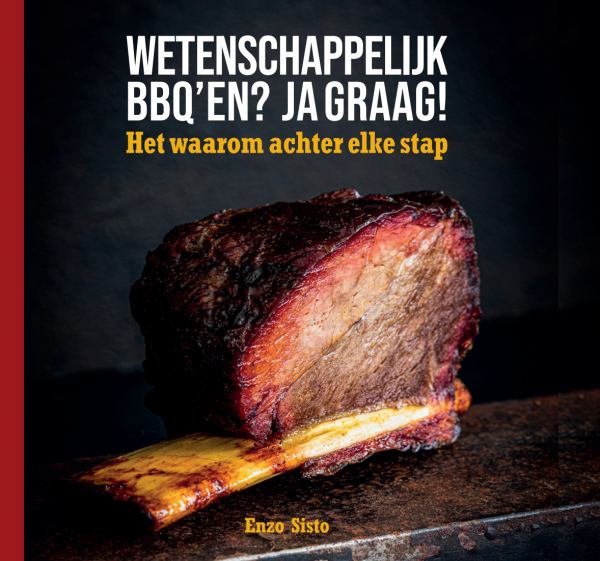
During our visit in San Sebastian, my wife Lilian and I, at Jean Mari and Elena Arzak's restaurant, had the pleasure of offering them my book and receiving their book as a gift from them.
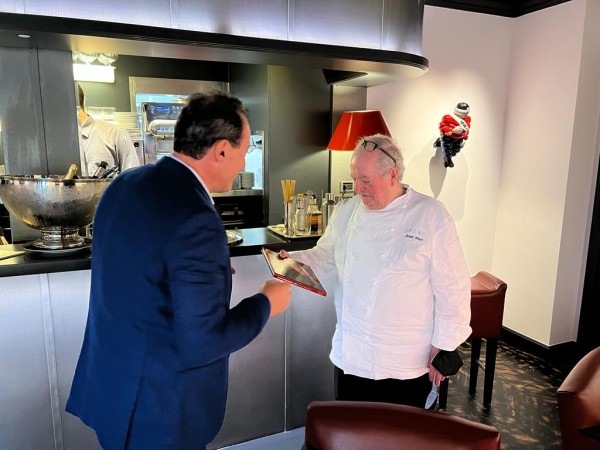
The exchange accompanied by cordial moments after lunch and by mutual dedications in the two books.
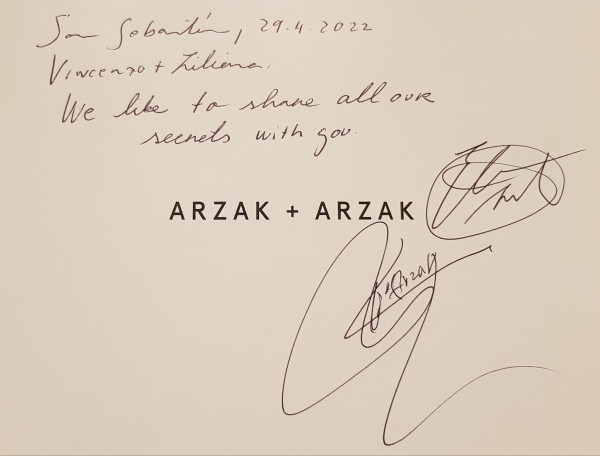
After this meeting we had the opportunity with Elena to exchange some ideas via email on "low and slow", in particular the fantastic one made with veal, thanks to the extremely soluble collagen that this meat has.
But also on the aesthetic function of the "smoke rings" in all meats thanks to the nitrogen and carbon monoxides that bind hemoglobin in a stable way on the surface exposed to these gases, giving it a color that remains stable even with increasing temperature . As an example, look at the "short ribs" in the photo on the cover of my book.
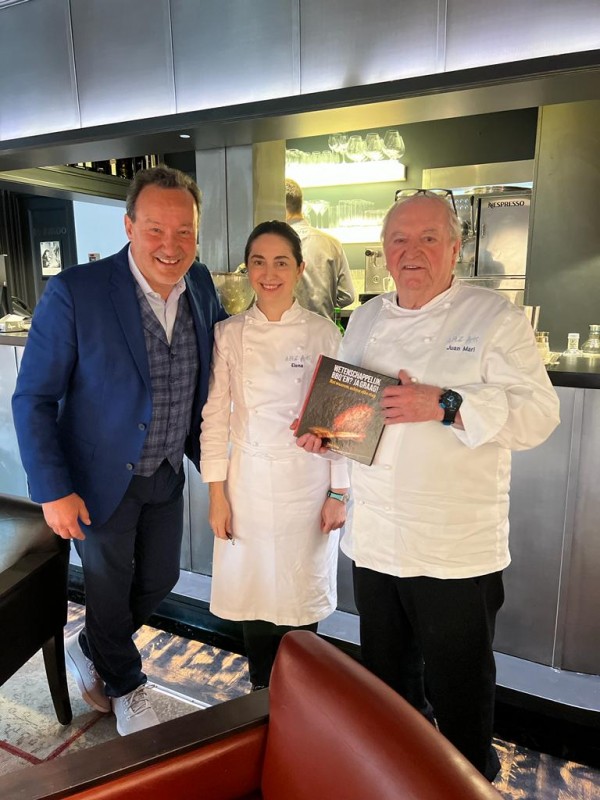
Surely you will be interested in what we enjoyed for lunch in this unforgettable experience. In fact, having a lunch at Arzak's, being able to discuss with the master Jean Mari and Elena about their art and exchanging information on preparation techniques, is for a food professional with passion for gastronomy a dream scenario.
It is equivalent to for a tennis player to speak with Federer or for a golfer to talk about golf's swing with Tiger Woods.
Here is the menu and in order the photo of the dishes of the same. It goes without saying that every bite, every ingredient, every spice, in short, everything was perfect from every point of view.
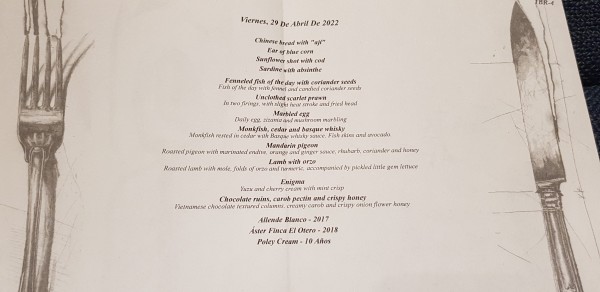
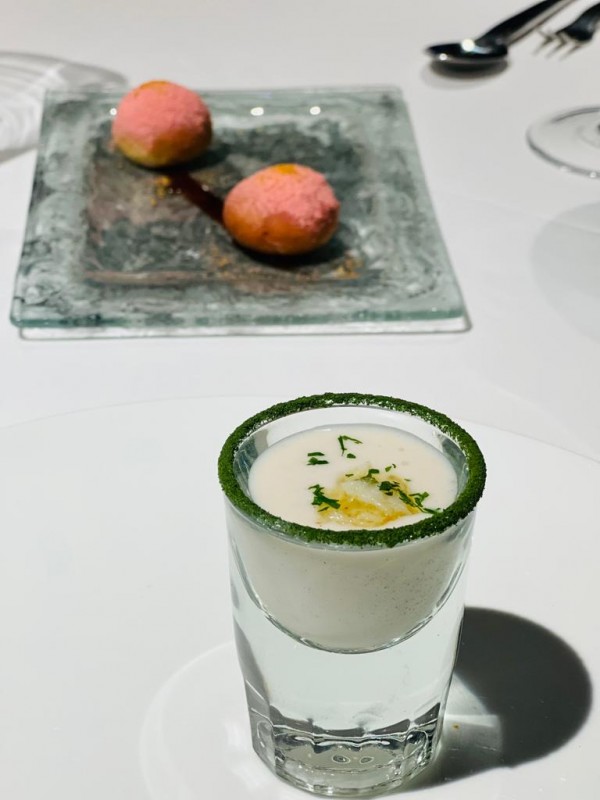
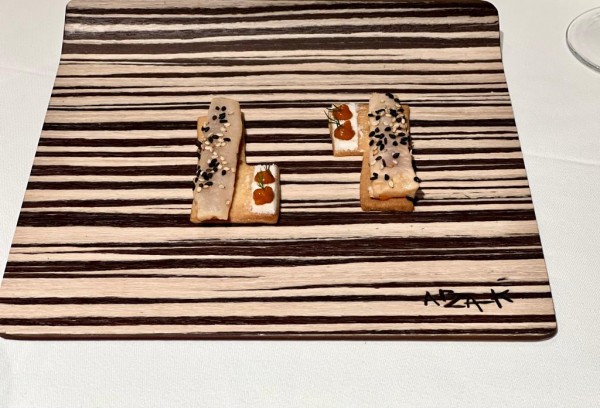
The human being is central. Jean Mari and Elena talk to us at length about their passion but also how proud they are of the journey and how grateful they are to everyone. Both collaborators and customers. I repeat that the human being with his joy and his passions are central to their cuisine.
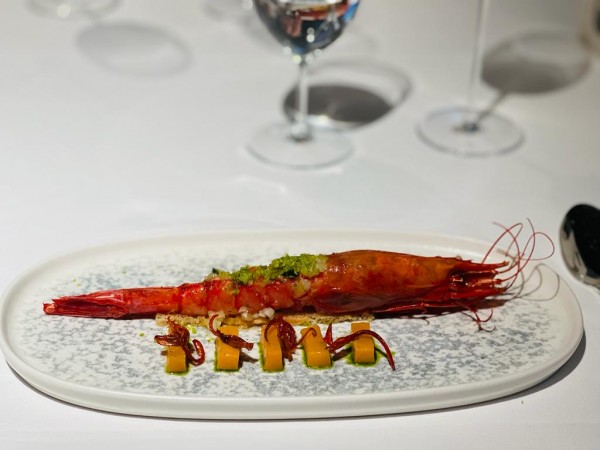
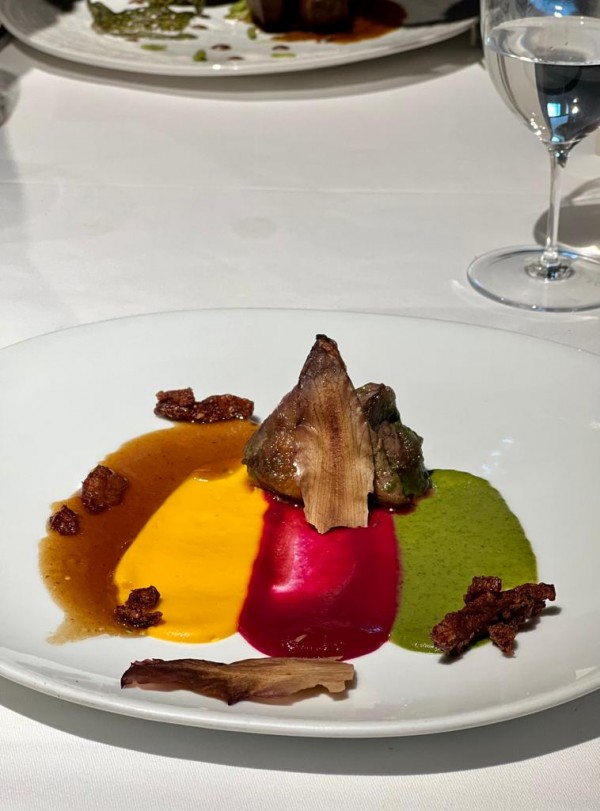
For the Arzak, food is above all pleasure, joy of living. But also research and development. In their laboratory-pharmacy over 1000 different ingredients are combined to conceive new recipes or improve existing ones. Innovation in tradition. Without forgetting that each tradition was an innovation in its time.
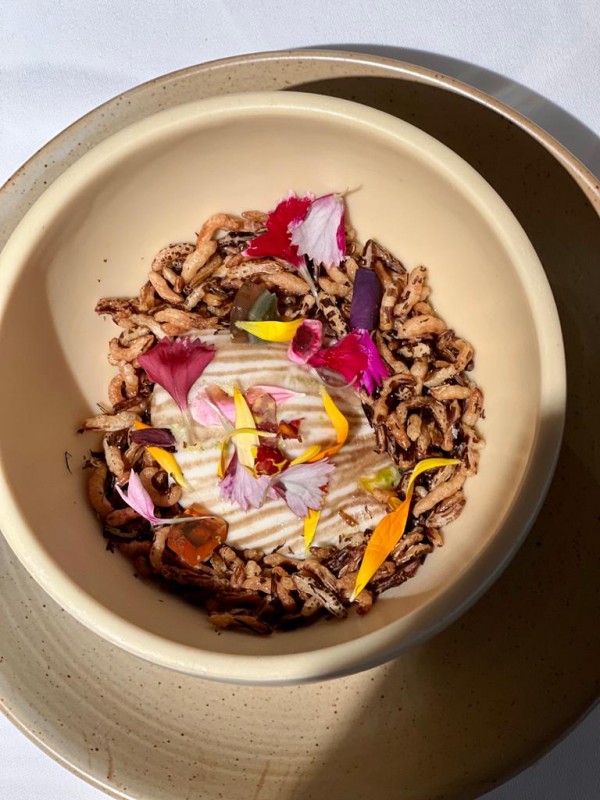
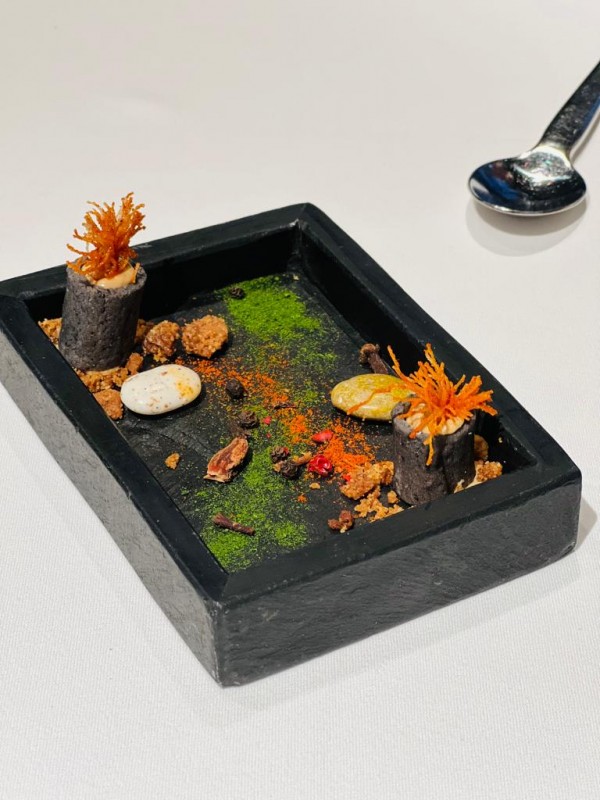
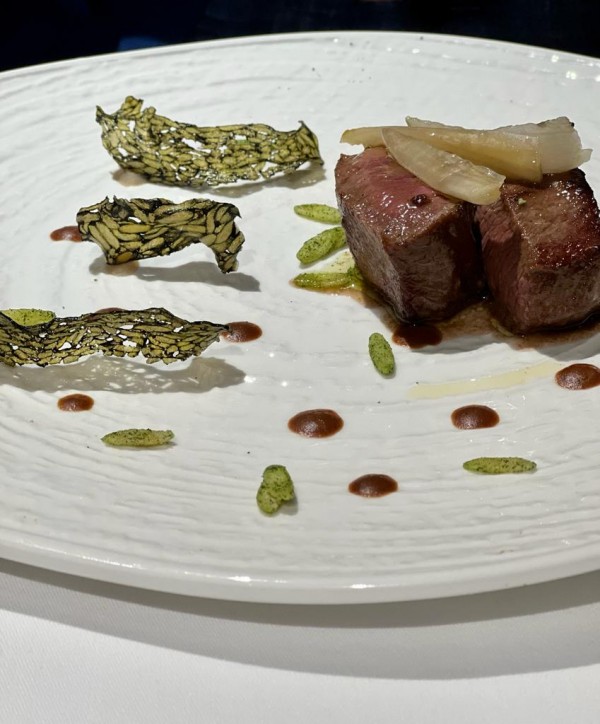
The images have no taste or smell. But they serve to arouse curiosity about art and the science of modern gastronomy. Much has been written and this has contributed to the evolution of the culinary world.
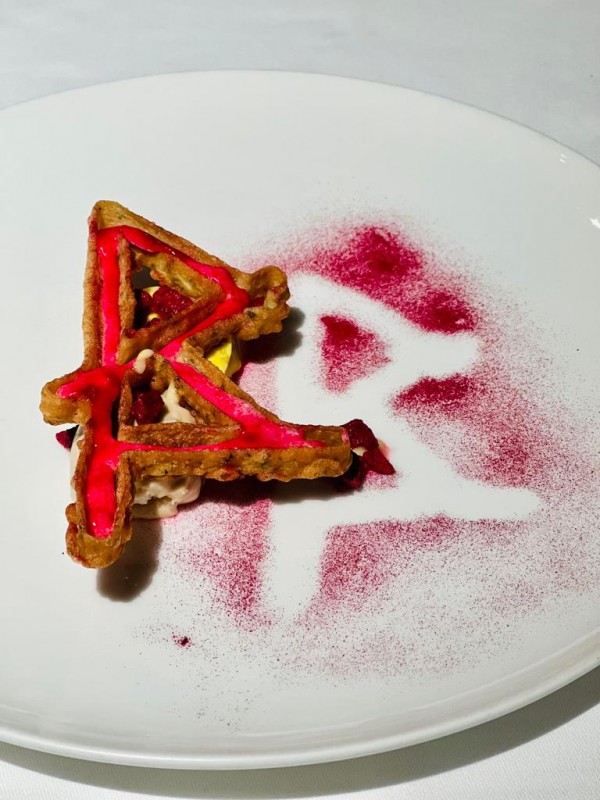
These books of the masters deserve to be read, I quote only three of Jean Mari Arzak:
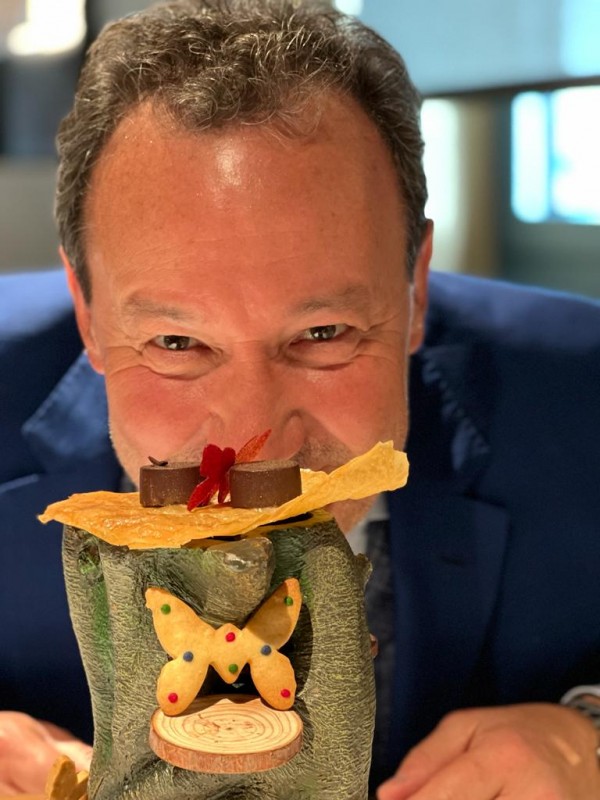
I wish sincerely that you may have a similar experience with your wife - or family or friends - soon.
It is really special to visit Arzak in San Sebastian!
Gerelateerde blogs
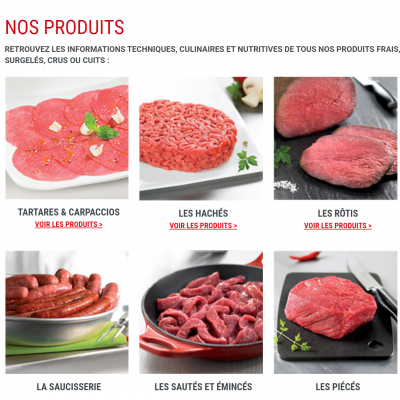
Horecava 2020. Third guest on the stage with us: SOCOPA VIANDES
Enzo Sisto 14 december 2019
Let me introduce you the third partner on the stand. This time a great Enterprise from France.
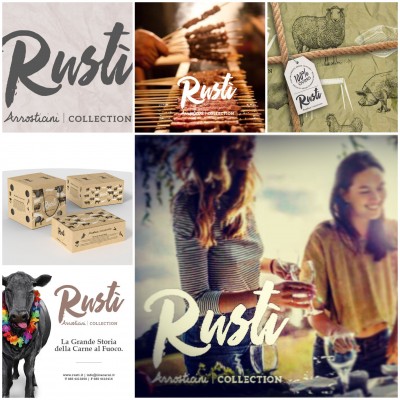
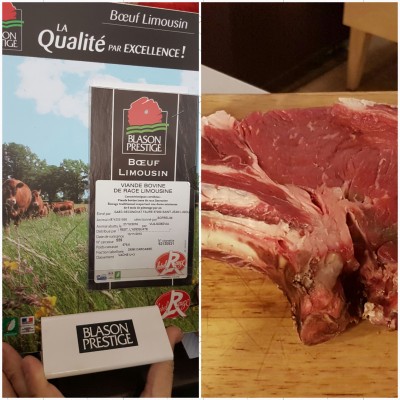
Blaison Prestige Cote de Boeuf
Enzo Sisto 8 januari 2017
It is a good start of the year. Just taste in Limoges a Blaison prestige Côte de Bœuf Limousin.